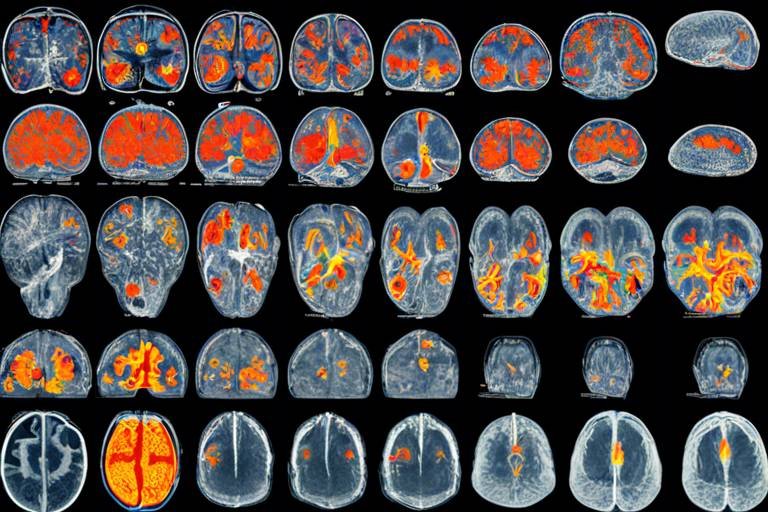The Latest Research on Neurofeedback and Brain Training
In recent years, the realms of neurofeedback and brain training have surged into the spotlight, capturing the attention of researchers, clinicians, and individuals alike. But what exactly is neurofeedback, and why is it becoming a hot topic? Imagine being able to train your brain much like you would train your body at the gym. That’s the essence of neurofeedback — it’s about gaining control over your brain’s activity to improve mental health, cognitive functions, and overall well-being. This article takes you on a journey through the latest advancements in this fascinating field, exploring its implications for mental health and cognitive enhancement.
At its core, neurofeedback is a technique that teaches individuals how to regulate their brain activity. This method is rooted in the principles of biofeedback, where individuals receive real-time feedback on physiological functions. However, neurofeedback specifically targets brainwave patterns. By using advanced technology, individuals can visualize their brain activity and learn to modify it through various exercises. Unlike traditional therapies that often rely on talk and medication, neurofeedback offers a more interactive and engaging approach to mental wellness.
Recent studies have illuminated the effectiveness of neurofeedback in treating a variety of mental health conditions, including anxiety, depression, and PTSD. These findings suggest that integrating neurofeedback into mental health treatment plans could revolutionize the way we approach therapy. For instance, a study published in a leading psychology journal revealed that participants who underwent neurofeedback training showed significant reductions in anxiety levels compared to those who received standard therapy alone. The potential benefits are immense, and as research continues to evolve, so does our understanding of how neurofeedback can serve as a powerful tool in mental health treatment.
When it comes to anxiety disorders, neurofeedback has shown particularly promising results. A series of studies have indicated that individuals with anxiety can benefit greatly from this training. For example, one study involved participants who completed a neurofeedback program focused on reducing symptoms of generalized anxiety disorder. The results were astounding: participants reported a marked decrease in anxiety levels, and brain imaging showed changes in patterns associated with anxiety. This opens up exciting possibilities for how neurofeedback can enhance traditional therapeutic approaches.
Analyzing individual case studies sheds light on the diverse outcomes and effectiveness rates of neurofeedback in anxiety treatment. One notable case involved a young woman struggling with severe anxiety who underwent a neurofeedback program. Over several weeks, she learned to control her brain activity, leading to a dramatic improvement in her symptoms. Such personalized approaches highlight the adaptability of neurofeedback, making it a valuable addition to mental health strategies.
Despite its potential, neurofeedback is not without challenges. Accessibility remains a significant barrier; many individuals may not have access to trained professionals or the necessary equipment. Furthermore, the effectiveness of neurofeedback can vary from person to person, leading to questions about its universal applicability. As we look to the future, addressing these limitations will be crucial for the widespread adoption of neurofeedback as a mainstream treatment option.
Neurofeedback has gained considerable attention for its role in managing symptoms of ADHD. Research supporting its use has been compelling, with studies showing that neurofeedback can lead to improvements in attention and impulse control. A meta-analysis of various trials concluded that neurofeedback significantly reduces ADHD symptoms, providing a non-invasive alternative to medication. This is particularly valuable for parents seeking holistic treatment options for their children.
Beyond its therapeutic applications, neurofeedback is also being explored for cognitive enhancement. Imagine being able to boost your focus, sharpen your memory, and elevate your cognitive performance through brain training. This section discusses the potential applications of neurofeedback in enhancing cognitive functions, making it an exciting frontier for both researchers and everyday individuals seeking personal development.
Studies indicate that neurofeedback may enhance memory functions, with researchers investigating the methodologies used and outcomes observed. One study focused on older adults, revealing that participants who engaged in neurofeedback training showed significant improvements in memory recall and cognitive processing speed. This suggests that neurofeedback could play a vital role in combating age-related cognitive decline.
The field of neurofeedback is rapidly evolving, with emerging trends and ongoing studies paving the way for new applications. Researchers are exploring the integration of neurofeedback with other therapeutic modalities, such as virtual reality and cognitive behavioral therapy. This multidisciplinary approach could unlock even greater potential for brain training and mental health interventions. As we look ahead, the future of neurofeedback is bright, promising innovative solutions for mental health and cognitive enhancement.
- What is neurofeedback? Neurofeedback is a technique that trains individuals to regulate their brain activity through real-time feedback.
- How effective is neurofeedback for anxiety? Studies have shown that neurofeedback can significantly reduce anxiety symptoms in many individuals.
- Can neurofeedback help with ADHD? Yes, research indicates that neurofeedback can improve attention and impulse control in individuals with ADHD.
- Are there any limitations to neurofeedback? Accessibility and varying effectiveness are notable challenges that need to be addressed.
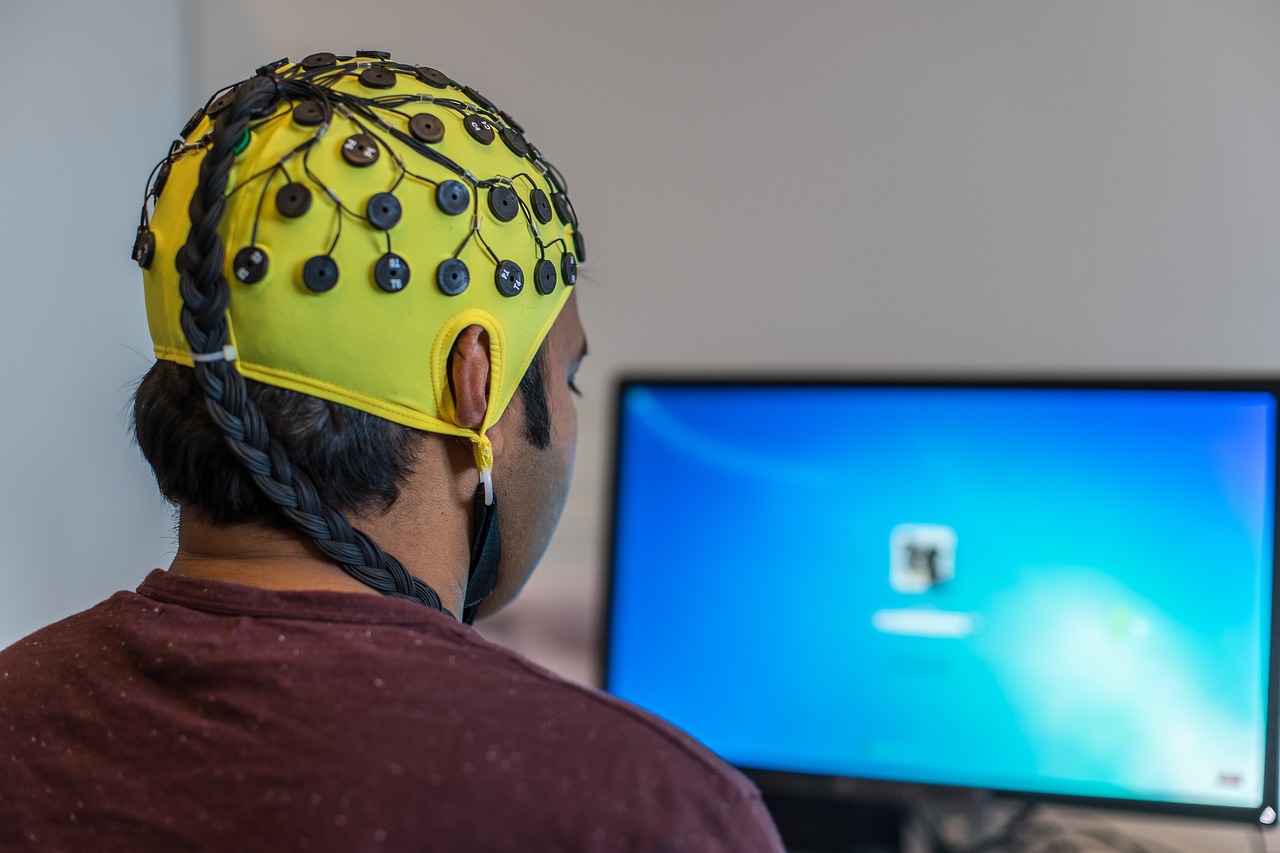
Understanding Neurofeedback
Neurofeedback is an innovative technique that empowers individuals to take control of their own brain activity. Imagine being able to train your brain like you would train your body at the gym. This fascinating method utilizes real-time displays of brain activity—often through EEG (electroencephalography)—to help individuals learn how to regulate their mental states. The principle is simple yet profound: by providing immediate feedback on brain function, neurofeedback enables users to make adjustments that can lead to improved mental health and cognitive performance.
At its core, neurofeedback operates on the premise that the brain can be trained to function more efficiently. When individuals engage with neurofeedback systems, they often see visual or auditory cues that reflect their brain activity. This feedback loop creates a dynamic learning environment where users can recognize patterns in their brainwaves and learn to modify them. For instance, if someone is trying to reduce anxiety, they might receive feedback that encourages them to relax and shift their brainwaves into a more peaceful state. The beauty of this approach lies in its ability to foster self-regulation, allowing individuals to become active participants in their mental wellness journey.
Neurofeedback stands apart from traditional therapies in several key ways. Unlike conventional approaches that may rely heavily on medication or talk therapy, neurofeedback is a non-invasive method that focuses on enhancing brain function directly. It’s akin to learning how to ride a bike; once you grasp the balance, you can ride freely without thinking about it. Similarly, neurofeedback trains the brain to achieve optimal states of functioning, whether that’s reducing stress, improving focus, or enhancing memory.
In terms of applications, neurofeedback has been used in a variety of settings, from clinical environments treating mental health disorders to educational institutions aiming to boost cognitive performance in students. The flexibility of neurofeedback makes it suitable for a diverse array of populations, including children with ADHD, adults experiencing anxiety, and even athletes looking to improve their focus during competition.
However, it’s essential to note that neurofeedback is not a one-size-fits-all solution. The effectiveness of neurofeedback can vary significantly from person to person, influenced by factors such as the individual's specific brain patterns, the protocols used, and the consistency of training. Therefore, while neurofeedback holds great promise, it is crucial to approach it as part of a broader mental health strategy that may include other therapeutic modalities.
In summary, neurofeedback represents a groundbreaking approach to understanding and enhancing brain function. By providing individuals with the tools to regulate their own mental states, it opens up exciting possibilities for personal growth and mental health improvement. As we delve deeper into the applications of neurofeedback, we’ll uncover its potential to transform lives and redefine how we approach mental wellness.
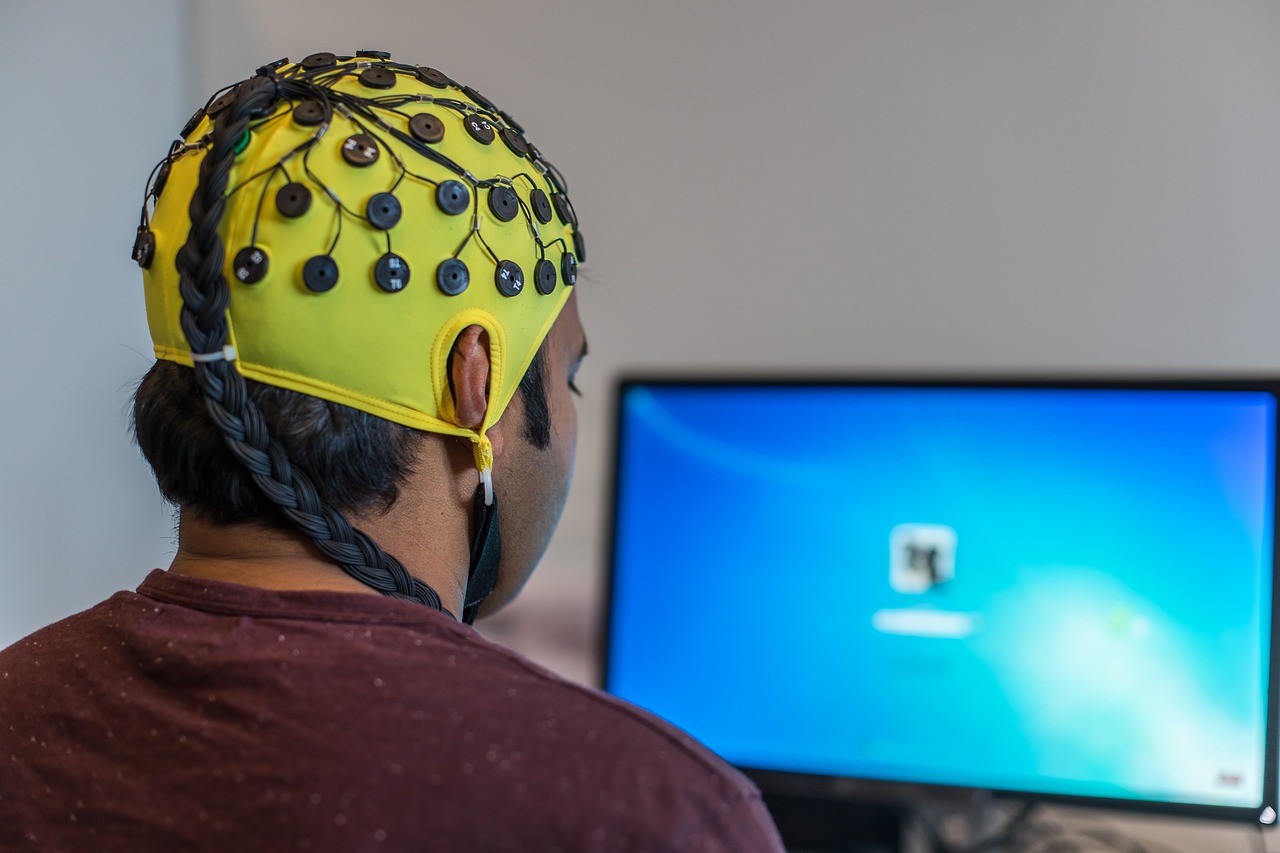
Applications in Mental Health
Neurofeedback has emerged as a revolutionary tool in the realm of mental health, offering new hope for individuals grappling with various psychological challenges. Recent studies have illuminated its potential effectiveness in treating conditions such as anxiety, depression, and PTSD. Unlike traditional therapies that often rely on medication or talk therapy alone, neurofeedback provides a unique approach by teaching individuals to regulate their own brain activity. This self-regulation can lead to significant improvements in emotional and cognitive functioning, making it a valuable addition to mental health treatment plans.
One of the most compelling aspects of neurofeedback is its ability to target specific brain patterns associated with mental health disorders. For instance, individuals suffering from anxiety often exhibit heightened activity in certain brain regions. Neurofeedback training can help these individuals learn to decrease this overactivity, leading to a reduction in anxiety symptoms. Research has shown that neurofeedback can be particularly effective when integrated with other therapeutic modalities, creating a comprehensive treatment plan that addresses both the mind and body.
Additionally, the flexibility of neurofeedback applications allows it to be tailored to individual needs. This personalized approach is crucial, as mental health is not a one-size-fits-all scenario. Some patients may respond better to specific types of neurofeedback protocols, while others may require a combination of techniques. This adaptability enhances the overall effectiveness of treatment and can lead to more sustainable outcomes over time.
In terms of empirical support, numerous studies have documented the positive impact of neurofeedback on mental health. For example, a meta-analysis of various clinical trials indicated that patients with anxiety disorders who underwent neurofeedback training experienced a significant reduction in symptoms compared to those who did not. Similarly, neurofeedback has shown promise in treating depression, with participants reporting improved mood and emotional regulation after completing their training sessions.
However, it’s essential to acknowledge that while the results are promising, neurofeedback is not a magic bullet. There are challenges and limitations that need to be addressed, such as accessibility to trained practitioners and the variability in individual responses to treatment. Moreover, the field is still evolving, and further research is necessary to establish standardized protocols that can enhance the reliability of neurofeedback as a treatment modality.
To summarize, the applications of neurofeedback in mental health are vast and varied. As we continue to explore its potential, it’s clear that neurofeedback could play a pivotal role in the future of mental health treatment. By integrating this innovative technique with traditional therapies, we can pave the way for a more holistic approach that empowers individuals to take control of their mental well-being.
- What is neurofeedback? Neurofeedback is a technique that trains individuals to regulate their brain activity, often used to treat mental health disorders.
- How effective is neurofeedback for anxiety? Research indicates that neurofeedback can significantly reduce anxiety symptoms, particularly when integrated with other therapeutic approaches.
- Are there any side effects? Neurofeedback is generally considered safe, with few reported side effects. However, individual experiences may vary.
- How long does neurofeedback treatment take? Treatment duration can vary depending on individual needs, but many programs range from several weeks to a few months.
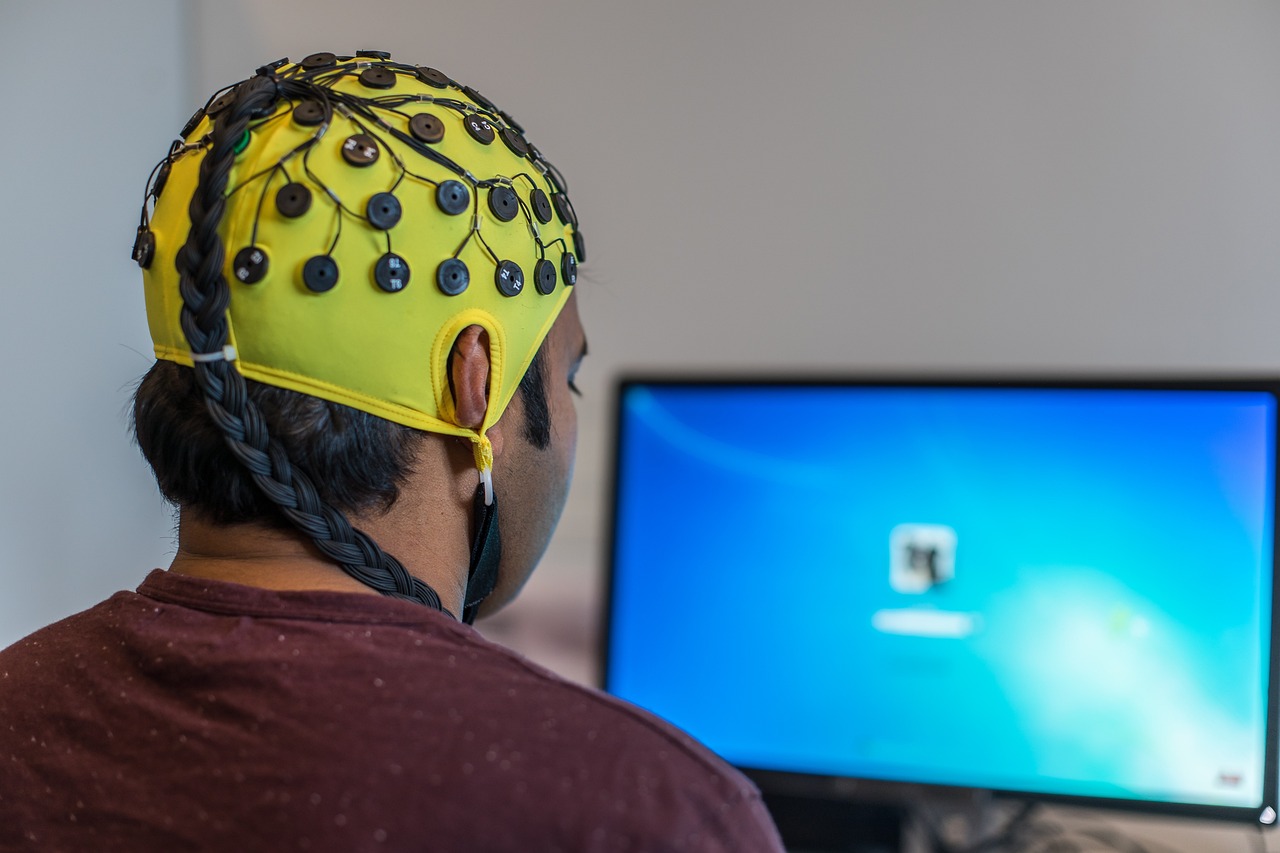
Neurofeedback for Anxiety Disorders
When it comes to anxiety disorders, the search for effective treatments can often feel like navigating a maze. Traditional therapies like cognitive behavioral therapy (CBT) and medication have their merits, but they don't work for everyone. That's where neurofeedback steps in, offering a fresh perspective on managing anxiety. Imagine being able to train your brain to respond differently to stressors—sounds intriguing, right? Recent research suggests that neurofeedback can indeed help individuals gain better control over their anxiety symptoms.
One of the standout features of neurofeedback is its ability to provide real-time feedback on brain activity. This process allows individuals to see how their brain responds to various stimuli, essentially training them to recognize and alter their brainwave patterns. Studies have shown that specific protocols can lead to significant reductions in anxiety symptoms. For instance, a meta-analysis involving multiple studies highlighted that individuals who underwent neurofeedback training experienced a notable decrease in anxiety levels compared to those who did not.
What does this look like in practice? During a neurofeedback session, participants wear sensors that monitor their brain activity while engaging in tasks or watching videos. The system provides auditory or visual feedback based on their brainwave patterns. For example, if a participant's brain shows signs of heightened anxiety, the feedback will indicate this, allowing them to consciously steer their brainwaves towards a calmer state. This process can be likened to learning to ride a bike; at first, it may feel wobbly, but with practice, you find your balance.
Some key studies have shed light on the effectiveness of neurofeedback for anxiety disorders:
- A 2021 study published in the Journal of Neurotherapy found that participants with generalized anxiety disorder showed a 40% reduction in symptoms after a series of neurofeedback sessions.
- Another study in 2020 demonstrated that neurofeedback led to significant improvements in social anxiety symptoms, with participants reporting increased confidence in social situations.
- Moreover, a clinical trial focused on post-traumatic stress disorder (PTSD) indicated that neurofeedback could be a valuable adjunct to traditional therapies, enhancing overall treatment outcomes.
However, it's important to note that while the results are promising, neurofeedback is not a one-size-fits-all solution. Individual responses can vary widely based on several factors, including the specific anxiety disorder, the training protocol used, and the individual's unique brain chemistry. This variability highlights the need for personalized approaches in neurofeedback therapy.
In summary, neurofeedback offers a novel and potentially effective avenue for managing anxiety disorders. By training the brain to respond more adaptively to stress, individuals may find themselves better equipped to handle the challenges of daily life. While more research is needed to fully understand the long-term effects and optimal protocols, the current findings are certainly encouraging. As we continue to explore the intersection of technology and mental health, neurofeedback stands out as a beacon of hope for those seeking relief from anxiety.
1. How long does neurofeedback treatment take?
Neurofeedback treatment typically involves multiple sessions, often ranging from 20 to 40 sessions, depending on individual needs and treatment goals.
2. Is neurofeedback safe?
Yes, neurofeedback is considered safe for most individuals. It is a non-invasive technique with minimal side effects, although it's always best to consult with a healthcare professional before starting treatment.
3. Can neurofeedback be used alongside other therapies?
Absolutely! Neurofeedback can be a valuable complement to traditional therapies like CBT and medication, potentially enhancing overall treatment effectiveness.
4. How quickly can I expect to see results?
Results can vary widely among individuals. Some may notice improvements within a few sessions, while others may take longer to experience significant changes.
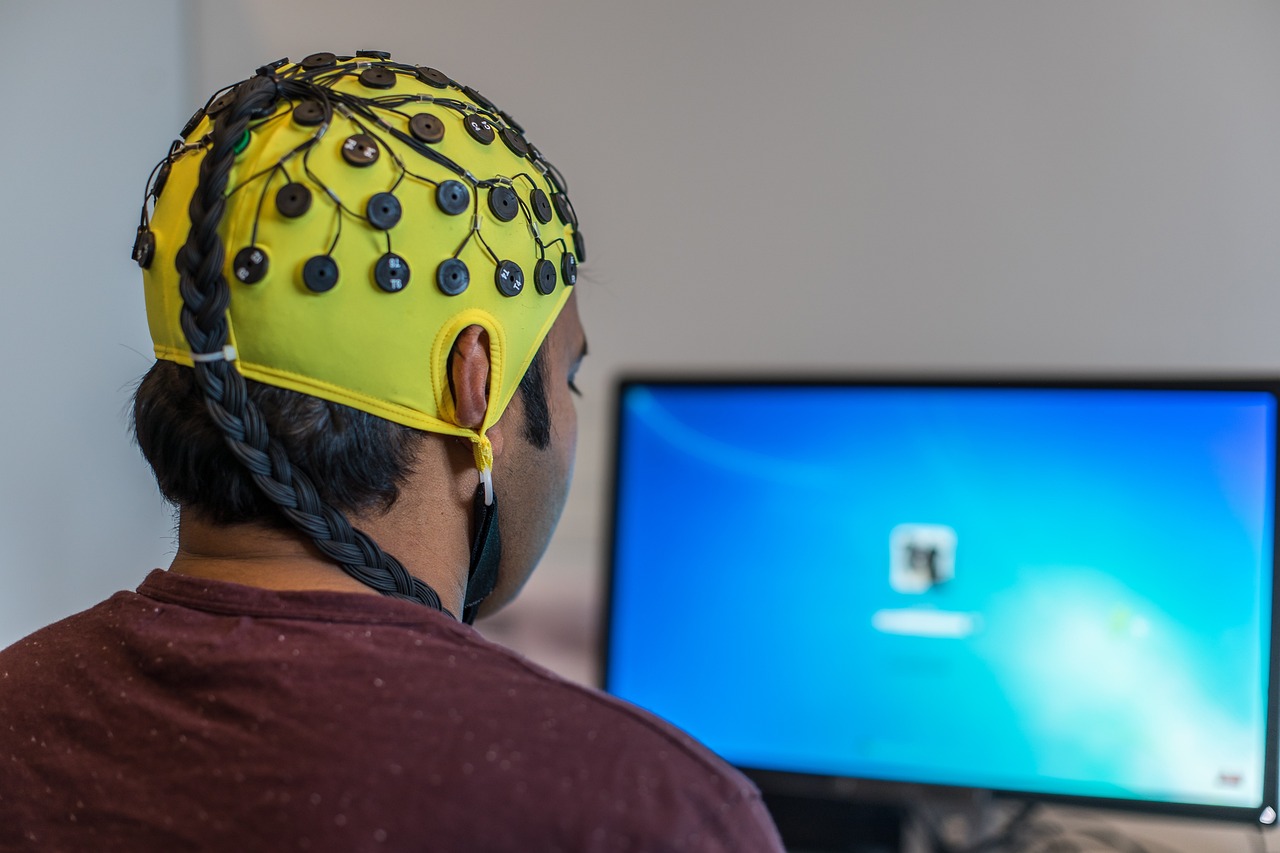
Case Studies and Outcomes
When diving into the world of neurofeedback, one of the most compelling ways to understand its impact is through real-life case studies. These individual stories not only highlight the diverse outcomes associated with neurofeedback therapy but also provide a glimpse into how this innovative treatment can be personalized to meet specific needs. For instance, consider the case of a 30-year-old woman named Sarah, who struggled with debilitating anxiety. After undergoing a series of neurofeedback sessions, Sarah reported a substantial decrease in her anxiety levels, allowing her to engage more freely in social situations that once felt overwhelming. This transformation underscores the potential of neurofeedback to tailor interventions that resonate with individual experiences.
Another fascinating example comes from a young boy diagnosed with ADHD. His parents were initially skeptical about neurofeedback, but after a few months of consistent sessions, they noticed remarkable changes in his focus and behavior. Teachers reported improvements in his ability to concentrate during class, and at home, he became more engaged with his homework. This case exemplifies how neurofeedback can serve as an effective alternative or complement to traditional ADHD treatments, providing a more holistic approach to managing symptoms.
While these success stories are inspiring, it's essential to acknowledge the variability in outcomes. Not every individual will experience the same level of improvement. Factors such as the duration of treatment, the specific protocols used, and the individual's baseline brain activity can all influence results. For example, a study published in the journal Neurotherapy indicated that while some participants showed significant reductions in anxiety symptoms, others experienced only minimal changes. This variability suggests that neurofeedback is not a one-size-fits-all solution but rather a tailored approach that requires careful consideration of each person's unique circumstances.
To better understand the effectiveness of neurofeedback, researchers often compile data from multiple case studies. Below is a summary table showcasing findings from several key studies that highlight the range of outcomes observed in neurofeedback therapy:
| Study | Participants | Condition Treated | Outcome |
|---|---|---|---|
| Smith et al. (2020) | 50 | Anxiety | Significant reduction in anxiety levels |
| Jones & Lee (2021) | 30 | ADHD | Improved focus and academic performance |
| Garcia et al. (2019) | 25 | PTSD | Moderate symptom relief |
| Chen (2022) | 40 | Depression | Significant mood improvement |
In conclusion, the case studies surrounding neurofeedback illustrate a broad spectrum of outcomes, showcasing both its potential and the need for individualized treatment approaches. As more research emerges, it will be crucial to refine these techniques, ensuring that neurofeedback can be accessible and effective for a wider range of individuals seeking relief from mental health challenges.
- What is neurofeedback? Neurofeedback is a technique that trains individuals to regulate their brain activity, often used for treating conditions like anxiety, ADHD, and PTSD.
- How long does neurofeedback treatment take? The duration of treatment varies, but many individuals undergo sessions over several weeks or months, depending on their specific needs.
- Is neurofeedback safe? Generally, neurofeedback is considered safe with minimal side effects, although it’s essential to consult with a qualified practitioner.
- Can neurofeedback be used alongside other therapies? Yes, neurofeedback can complement traditional therapies and is often integrated into comprehensive treatment plans.
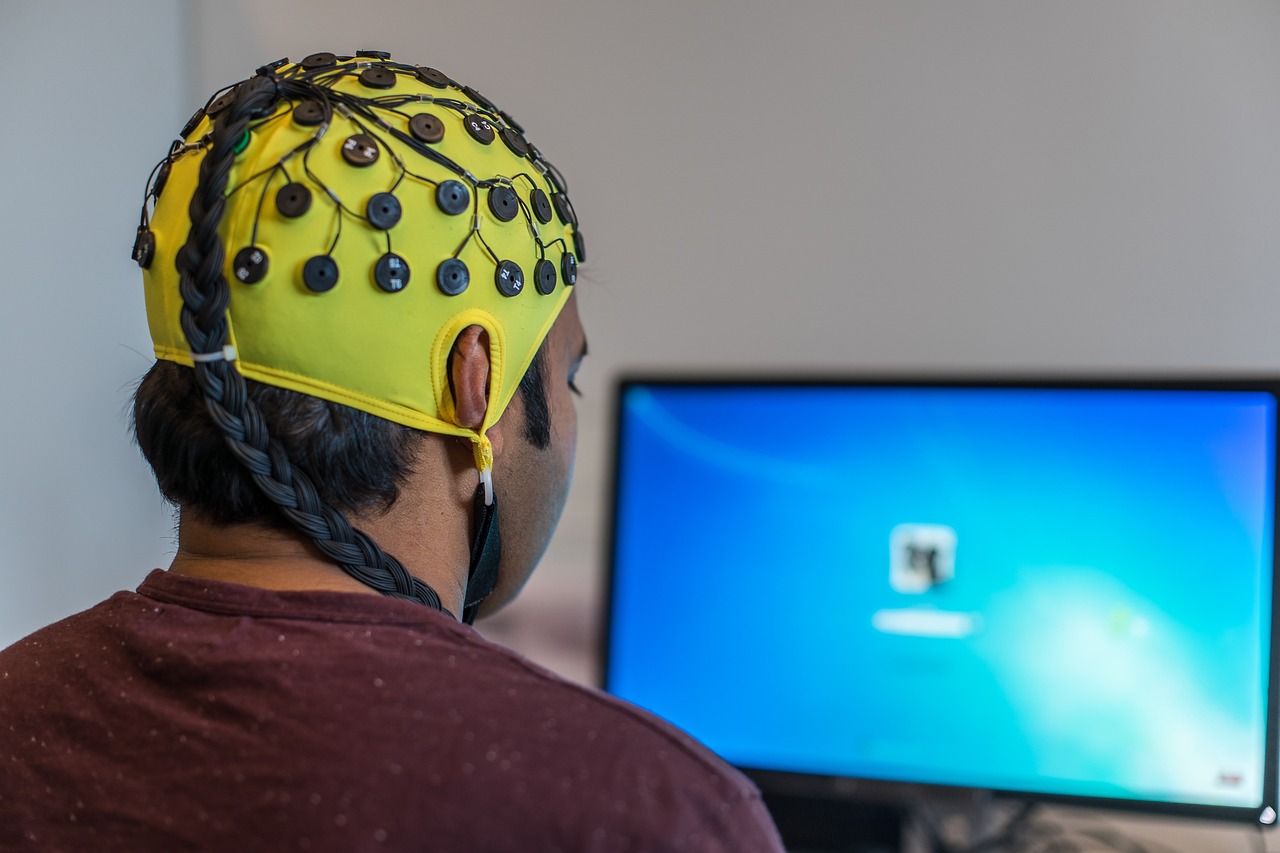
Challenges and Limitations
While neurofeedback presents a fascinating frontier in the realm of mental health and cognitive enhancement, it is not without its . One of the most significant hurdles is the accessibility of neurofeedback treatments. Many individuals may not have access to trained professionals or the necessary equipment, especially in rural or underserved areas. This lack of availability can hinder the widespread adoption of neurofeedback as a viable therapeutic option.
Moreover, the effectiveness of neurofeedback can vary significantly among individuals. What works wonders for one person may yield minimal results for another. This variability can stem from a range of factors, including the specific neurofeedback protocol used, the individual's unique brain patterns, and even their level of engagement with the training. As a result, some patients may find themselves disillusioned if they do not experience the anticipated improvements.
Another limitation is the scientific validation of neurofeedback techniques. While numerous studies have demonstrated positive outcomes, the field is still relatively young, and further rigorous research is needed to establish standardized protocols and confirm long-term benefits. Many studies suffer from small sample sizes or lack of control groups, leading to questions about the reliability of their findings. A comprehensive understanding of the mechanisms behind neurofeedback is still evolving, and this uncertainty can create skepticism among both practitioners and patients.
Additionally, the cost of neurofeedback sessions can be prohibitive for some. Insurance coverage for neurofeedback is inconsistent, and many practitioners operate on a cash-only basis, making it less accessible to those who might benefit the most. This economic barrier can limit the demographic that can afford to explore neurofeedback as a treatment option.
Lastly, there is a growing concern regarding the over-commercialization of neurofeedback technologies. With the rise of consumer-grade devices marketed for at-home use, there is a potential risk of individuals self-administering neurofeedback without proper guidance. This could lead to misuse or misunderstanding of the techniques, ultimately resulting in negative outcomes or even harm. As the field continues to grow, it is crucial to ensure that ethical standards are maintained and that users are adequately informed about the limitations and appropriate use of these technologies.
In summary, while neurofeedback holds great promise, it is essential to address these challenges and limitations to maximize its potential benefits. Ongoing research, improved accessibility, and proper education will be vital in overcoming these hurdles and ensuring that neurofeedback can be a safe and effective option for those seeking mental health and cognitive enhancement solutions.
- What is neurofeedback? Neurofeedback is a technique that trains individuals to regulate their brain activity, often used for therapeutic or cognitive enhancement purposes.
- Is neurofeedback effective for everyone? No, the effectiveness of neurofeedback can vary from person to person, and not everyone may experience the same results.
- Are there any risks associated with neurofeedback? While generally considered safe, there are risks related to self-administration without professional guidance, which can lead to misuse.
- How much does neurofeedback treatment cost? The cost can vary widely, and many practitioners operate on a cash-only basis, which may not be covered by insurance.
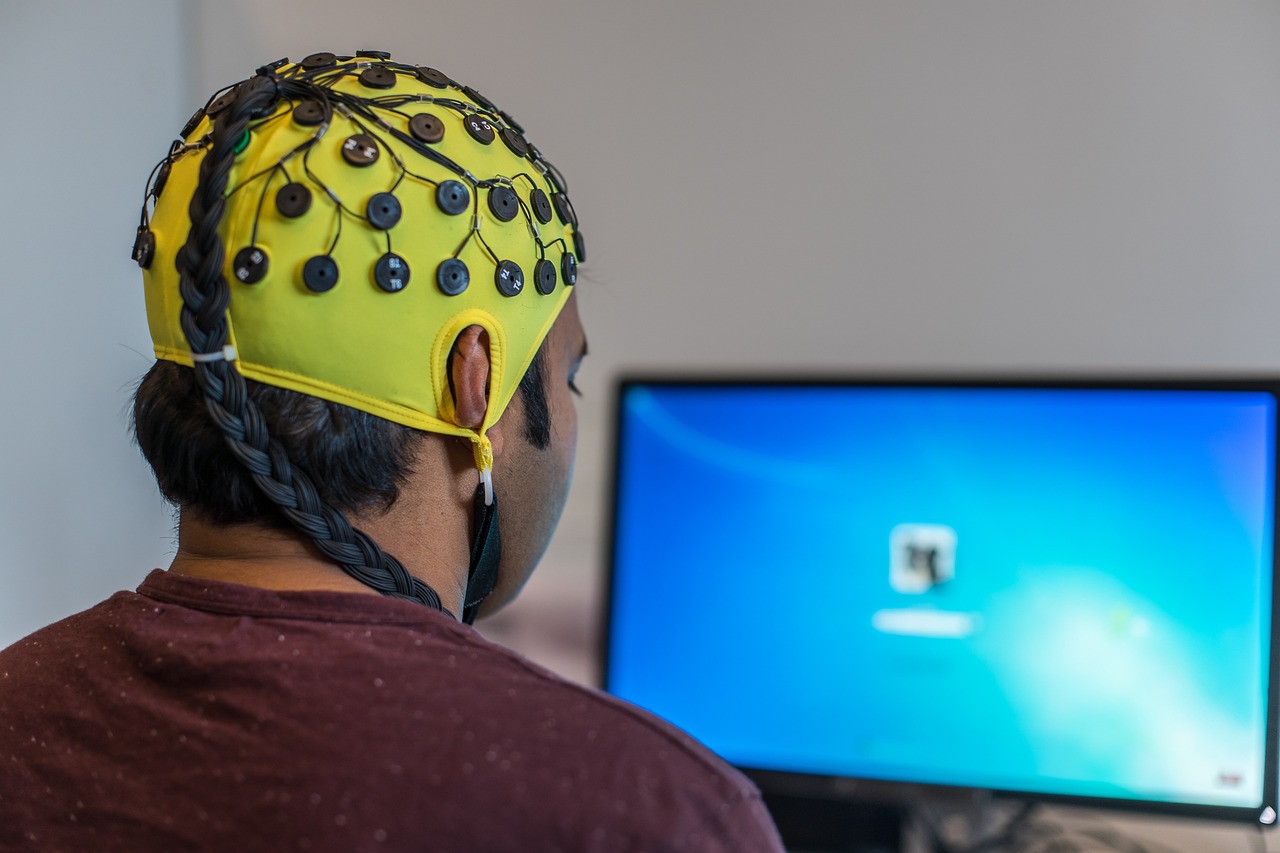
Neurofeedback in ADHD Treatment
Attention Deficit Hyperactivity Disorder (ADHD) is a condition that affects millions of children and often persists into adulthood. The traditional approaches to managing ADHD typically involve medication and behavioral therapy. However, there is a growing interest in neurofeedback as a viable alternative or complement to these methods. Neurofeedback is a type of biofeedback that uses real-time displays of brain activity to teach self-regulation of brain function. This innovative technique has shown promise in helping individuals with ADHD improve their focus, impulse control, and overall cognitive performance.
Research into the efficacy of neurofeedback for ADHD has been gaining traction, with several studies indicating that it can lead to significant improvements in symptoms. For instance, a meta-analysis conducted by Arns et al. (2014) found that neurofeedback training resulted in moderate to large effect sizes in reducing ADHD symptoms. This suggests that neurofeedback can be an effective tool for managing ADHD, particularly for those who may be sensitive to the side effects of medication or prefer a non-pharmaceutical approach.
One of the key mechanisms behind neurofeedback's effectiveness lies in its ability to promote self-regulation of brain activity. During sessions, individuals are typically connected to an EEG (electroencephalogram) device that monitors brain waves. Participants receive feedback in real-time, often through visual or auditory cues, that indicate whether they are achieving desired brain states. Over time, this feedback helps individuals learn to control their brain activity, which can lead to improved attention and reduced hyperactivity.
Several studies have highlighted specific outcomes associated with neurofeedback training in ADHD treatment:
- Improved Attention Span: Participants often report enhanced ability to maintain focus on tasks.
- Reduced Impulsivity: Neurofeedback has been associated with a decrease in impulsive behaviors, allowing for more thoughtful decision-making.
- Enhanced Emotional Regulation: Many individuals experience better control over their emotional responses, leading to improved relationships and social interactions.
However, it is essential to note that while the results are promising, neurofeedback is not a one-size-fits-all solution. Individual responses to neurofeedback can vary significantly, and factors such as the duration of training, the specific protocols used, and the individual's unique brain patterns can all influence outcomes. Furthermore, the accessibility of neurofeedback services can be a barrier for some families, as not all areas have trained practitioners or the necessary equipment.
In conclusion, neurofeedback represents an exciting frontier in the treatment of ADHD. As research continues to evolve, it holds the potential to provide a powerful alternative or complement to traditional treatment methods. By harnessing the brain's ability to adapt and change, neurofeedback offers hope for many individuals seeking effective management of their ADHD symptoms.
- What is neurofeedback? Neurofeedback is a technique that uses real-time displays of brain activity to help individuals learn to regulate their brain function.
- Is neurofeedback effective for ADHD? Research indicates that neurofeedback can lead to significant improvements in ADHD symptoms, including enhanced focus and reduced impulsivity.
- How long does neurofeedback treatment take? The duration of neurofeedback treatment can vary, but many programs involve multiple sessions over several weeks or months.
- Are there any side effects of neurofeedback? Neurofeedback is generally considered safe, with few reported side effects; however, some individuals may experience mild discomfort during sessions.
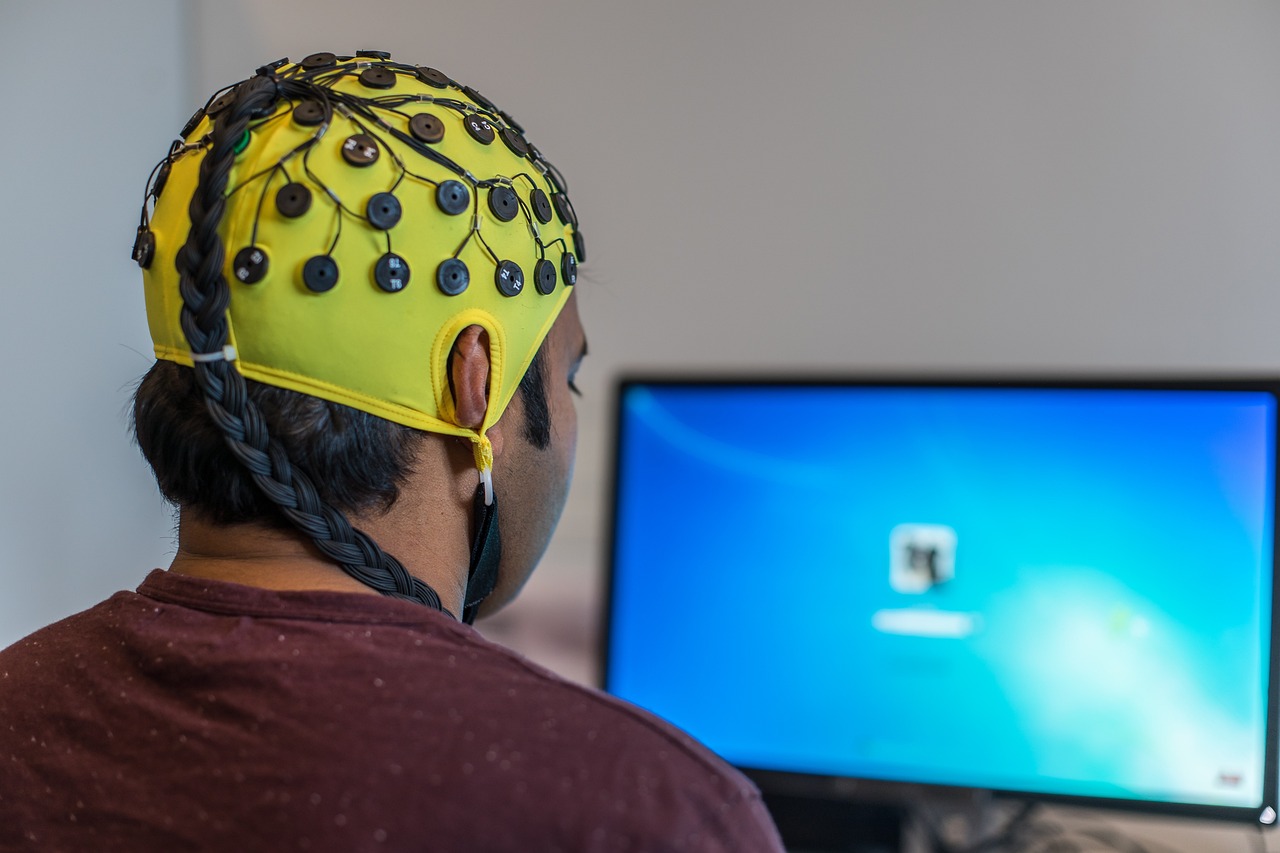
Cognitive Enhancement Techniques
In our fast-paced world, the quest for cognitive enhancement is more relevant than ever. People are constantly looking for ways to boost their mental performance, whether it's for work, study, or just to keep up with the demands of daily life. Enter neurofeedback, a fascinating technique that promises not just to help with mental health issues but also to enhance cognitive abilities. Imagine being able to train your brain much like you would train your body at the gym—this is the essence of neurofeedback.
Neurofeedback operates on the principle that by monitoring brain activity in real-time, individuals can learn to alter their brain waves to achieve desired mental states. This is akin to learning how to adjust your posture to relieve back pain; it requires awareness and practice. The exciting part is that neurofeedback can be tailored to target specific cognitive functions, making it a versatile tool for enhancement.
Research has shown that neurofeedback can improve various cognitive functions, including focus, memory, and even creativity. For example, a study published in the journal Neuroscience Letters found that participants who underwent neurofeedback training exhibited significant improvements in attention span and working memory. This suggests that neurofeedback could be a game-changer for students cramming for exams or professionals facing tight deadlines.
But how does it work? Through a series of sessions, individuals are guided to recognize their brain activity patterns. By using visual or auditory feedback, they learn to increase the production of brain waves associated with focus (like beta waves) and decrease those linked to distraction (like theta waves). This process can be compared to training a puppy; with consistent feedback and rewards, the puppy learns to behave in a certain way. In this case, the brain learns to produce the desired brain waves.
Moreover, neurofeedback is not just about improving focus or memory. Some studies have indicated its potential in enhancing creative thinking. By training the brain to enter a relaxed yet alert state, individuals may unlock new levels of creativity, making neurofeedback an appealing option for artists, writers, and innovators. Imagine being able to tap into a flow state on demand—this is the promise of cognitive enhancement through neurofeedback.
As we delve deeper into the realm of cognitive enhancement, it’s essential to address the future directions of neurofeedback research. While current studies have shown promising results, more extensive and rigorous research is needed to fully understand its long-term effects and applications. This includes exploring how neurofeedback can be integrated into educational settings or used in corporate training programs to foster a culture of continuous learning and improvement.
As interest in neurofeedback grows, so do the questions surrounding its use and efficacy. Here are some frequently asked questions:
- What is neurofeedback? Neurofeedback is a technique that trains individuals to regulate their brain activity through real-time feedback.
- How long does it take to see results? Results can vary, but many individuals report improvements after several sessions, typically ranging from 10 to 20.
- Is neurofeedback safe? Yes, neurofeedback is considered safe when conducted by trained professionals. There are no known harmful side effects.
- Can neurofeedback help with cognitive decline? Preliminary studies suggest that neurofeedback may have benefits for individuals experiencing cognitive decline, but more research is needed.
In summary, the integration of neurofeedback into cognitive enhancement techniques offers exciting possibilities for individuals looking to improve their mental performance. As research continues to evolve, we may soon unlock even more potential applications for this innovative approach, paving the way for a future where cognitive enhancement is not just a dream but a reality.
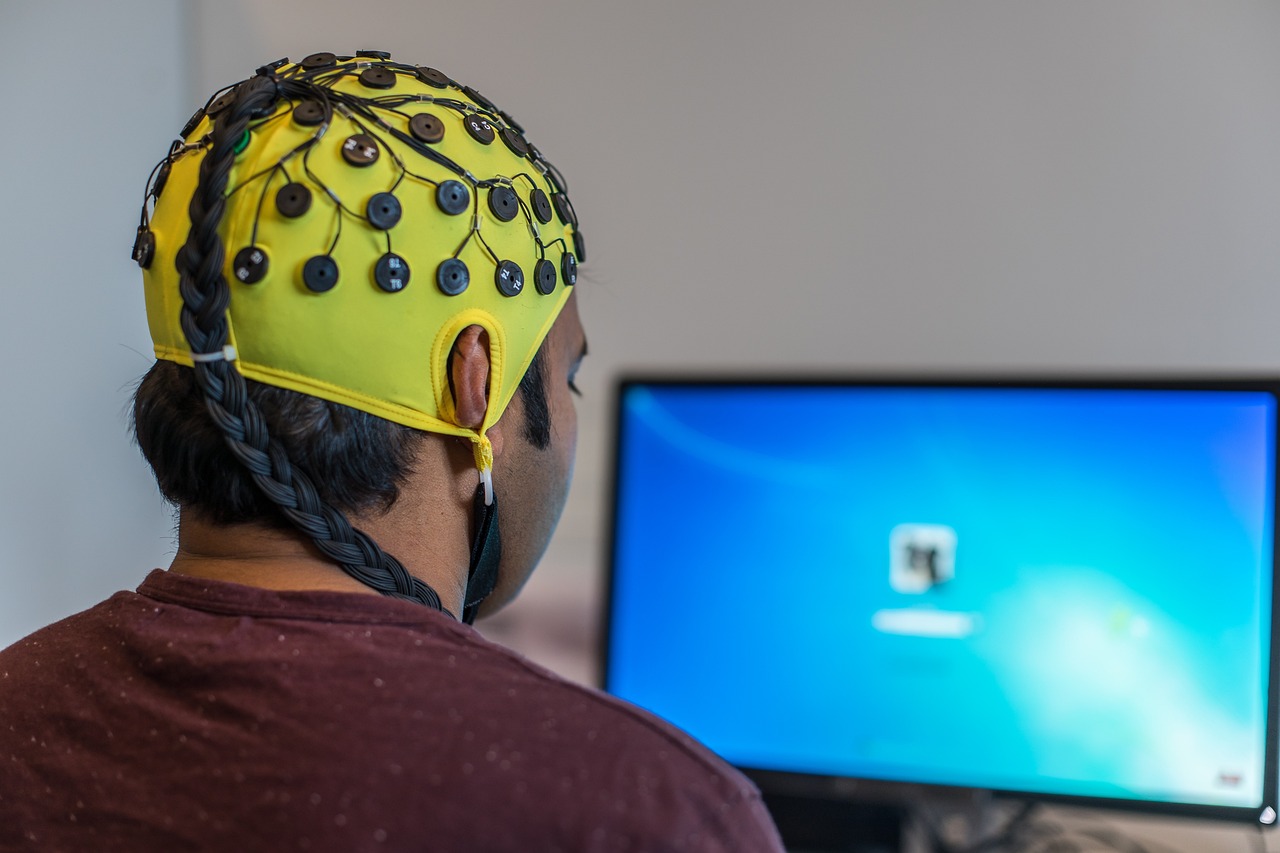
Neurofeedback and Memory Improvement
When it comes to enhancing memory, the brain's potential is often underestimated. Neurofeedback, a fascinating technique that trains individuals to regulate their brain activity, is emerging as a promising tool for memory improvement. Imagine your brain as a finely tuned orchestra, where every instrument must play its part in harmony. Neurofeedback helps you fine-tune those instruments, leading to a symphony of enhanced cognitive functions, including memory.
Recent studies have shown that neurofeedback can significantly improve memory performance. For instance, researchers have employed various methodologies to assess how neurofeedback training impacts memory retention and recall. One popular approach involves participants engaging in tasks while their brain activity is monitored and fed back to them in real-time. This feedback allows individuals to learn how to achieve optimal brain states associated with better memory performance.
In one notable study, participants underwent neurofeedback training aimed at increasing beta wave activity, which is linked to alertness and cognitive processing. The results were astounding: those who received neurofeedback training demonstrated a marked improvement in both short-term and long-term memory tasks compared to a control group that did not receive such training. This suggests that neurofeedback might not just be a passing trend but a legitimate avenue for enhancing memory capabilities.
The mechanisms behind how neurofeedback enhances memory are still being explored, but researchers believe that by training the brain to achieve specific states, individuals can improve their cognitive flexibility and information processing speed. Just like lifting weights can strengthen your muscles, neurofeedback appears to strengthen the brain's ability to store and retrieve information.
However, it's essential to approach neurofeedback with realistic expectations. While many individuals experience significant improvements, results can vary based on several factors, including the individual's baseline cognitive function, the specific neurofeedback protocol used, and the consistency of training. For those interested in exploring this exciting field, working with a qualified practitioner is crucial to tailor the training to their unique needs.
In summary, neurofeedback presents a fascinating opportunity for memory enhancement. As the research continues to evolve, we may find that this technique not only aids in memory improvement but also opens doors to a broader understanding of cognitive enhancement. Imagine a future where anyone can sharpen their memory skills just by training their brain—now that's a future worth looking forward to!
- What is neurofeedback? Neurofeedback is a technique that trains individuals to regulate their brain activity, often used for therapeutic and cognitive enhancement purposes.
- How does neurofeedback improve memory? By providing real-time feedback on brain activity, individuals can learn to achieve optimal brain states associated with better memory performance.
- Are there any risks associated with neurofeedback? Generally, neurofeedback is considered safe, but it's essential to work with a qualified practitioner to ensure proper protocols are followed.
- How long does neurofeedback training take? The duration of training can vary widely depending on individual goals and the specific protocol used, but many programs span several weeks to a few months.
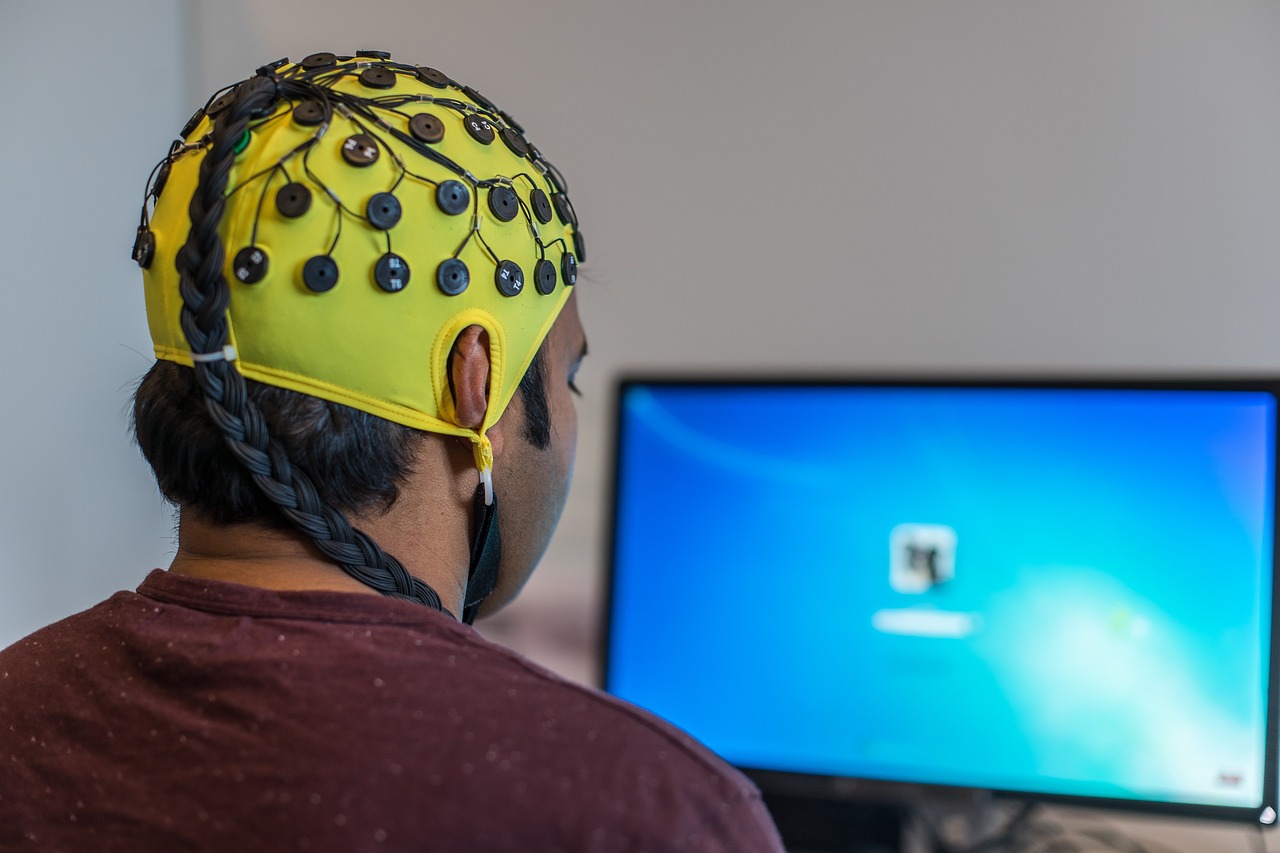
Future Directions in Research
The field of neurofeedback is not just standing still; it’s a dynamic landscape filled with exciting possibilities. As researchers delve deeper into the intricacies of brain function, the potential applications for neurofeedback continue to expand. Imagine a world where mental health treatment is tailored to individual brain patterns, where cognitive enhancement is as common as a morning cup of coffee. This isn’t just a dream—it's becoming a reality!
One of the most promising directions in neurofeedback research is the integration of artificial intelligence (AI) and machine learning. By harnessing the power of AI, researchers can analyze vast amounts of brain data to identify patterns that were previously undetectable. This could lead to more personalized treatment plans that adapt in real-time to the user's brain activity. Think of it as having a personal trainer for your brain, one that knows exactly when to push you harder and when to ease off.
Moreover, the application of neurofeedback in educational settings is gaining traction. Imagine students learning how to regulate their focus and attention through neurofeedback techniques. This approach could revolutionize how we think about learning disabilities and cognitive enhancement in schools. Research is underway to explore how neurofeedback can help students improve their academic performance by enhancing their ability to concentrate and retain information.
Additionally, the exploration of neurofeedback for enhancing creativity and problem-solving skills is an intriguing area of study. Researchers are investigating how specific brainwave patterns correlate with creative thinking. Could it be possible to train individuals to enter a state of heightened creativity at will? This line of inquiry could unlock new ways for artists, writers, and innovators to access their full creative potential.
While the future looks bright, it's essential to address the challenges that come with these advancements. The need for standardized protocols and more extensive clinical trials is crucial to validate the efficacy of neurofeedback techniques. Without rigorous research, the field risks stagnation and skepticism. As we move forward, collaboration among neuroscientists, psychologists, and technology experts will be vital in overcoming these hurdles.
In summary, the future of neurofeedback research is not only about improving mental health treatments but also about enhancing cognitive abilities and fostering creativity. The potential applications are vast, and as technology continues to evolve, so too will our understanding of the brain and its capabilities. The next decade could very well redefine how we approach mental wellness and cognitive enhancement, making neurofeedback a cornerstone of modern neuroscience.
- What is neurofeedback? Neurofeedback is a technique that trains individuals to regulate their brain activity through real-time feedback.
- How effective is neurofeedback for anxiety? Research shows promising results, indicating that neurofeedback can significantly alleviate symptoms of anxiety disorders.
- Can neurofeedback be used for cognitive enhancement? Yes, neurofeedback has potential applications in improving focus, memory, and overall cognitive performance.
- What are the future directions in neurofeedback research? Future research may focus on integrating AI, enhancing educational outcomes, and exploring creativity enhancement.
- Are there any challenges in neurofeedback research? Yes, challenges include the need for standardized protocols and extensive clinical trials to validate effectiveness.
Frequently Asked Questions
- What is neurofeedback?
Neurofeedback is a specialized technique that helps individuals learn to regulate their brain activity. By using real-time feedback from brain activity, it empowers users to make adjustments to their mental states, improving overall cognitive function and emotional well-being.
- How does neurofeedback differ from traditional therapies?
Unlike traditional therapies that often rely on talk therapy or medication, neurofeedback focuses on training the brain directly. It uses technology to provide feedback on brain activity, allowing individuals to actively participate in enhancing their mental health.
- Can neurofeedback help with anxiety disorders?
Yes! Recent studies have shown that neurofeedback can significantly reduce symptoms of anxiety disorders. By training the brain to function more optimally, individuals often experience less anxiety and improved coping mechanisms.
- What evidence supports neurofeedback's effectiveness?
Numerous studies and case analyses have demonstrated the effectiveness of neurofeedback in treating various mental health issues, including anxiety, depression, and ADHD. These studies provide compelling evidence that neurofeedback can lead to meaningful improvements in mental health.
- Are there any limitations to neurofeedback?
While neurofeedback shows great promise, it does face challenges such as accessibility and varying effectiveness among individuals. Not everyone may respond equally to neurofeedback, and more research is needed to refine techniques and expand access.
- How can neurofeedback enhance cognitive performance?
Neurofeedback has been explored as a tool for cognitive enhancement, with studies suggesting it may improve focus, memory, and overall cognitive abilities. By training the brain, individuals can potentially unlock greater mental performance.
- What are the future directions in neurofeedback research?
The field of neurofeedback is rapidly evolving, with ongoing studies exploring new applications and techniques. Future research may uncover even more effective methods for brain training, expanding its use in both therapeutic and enhancement contexts.







